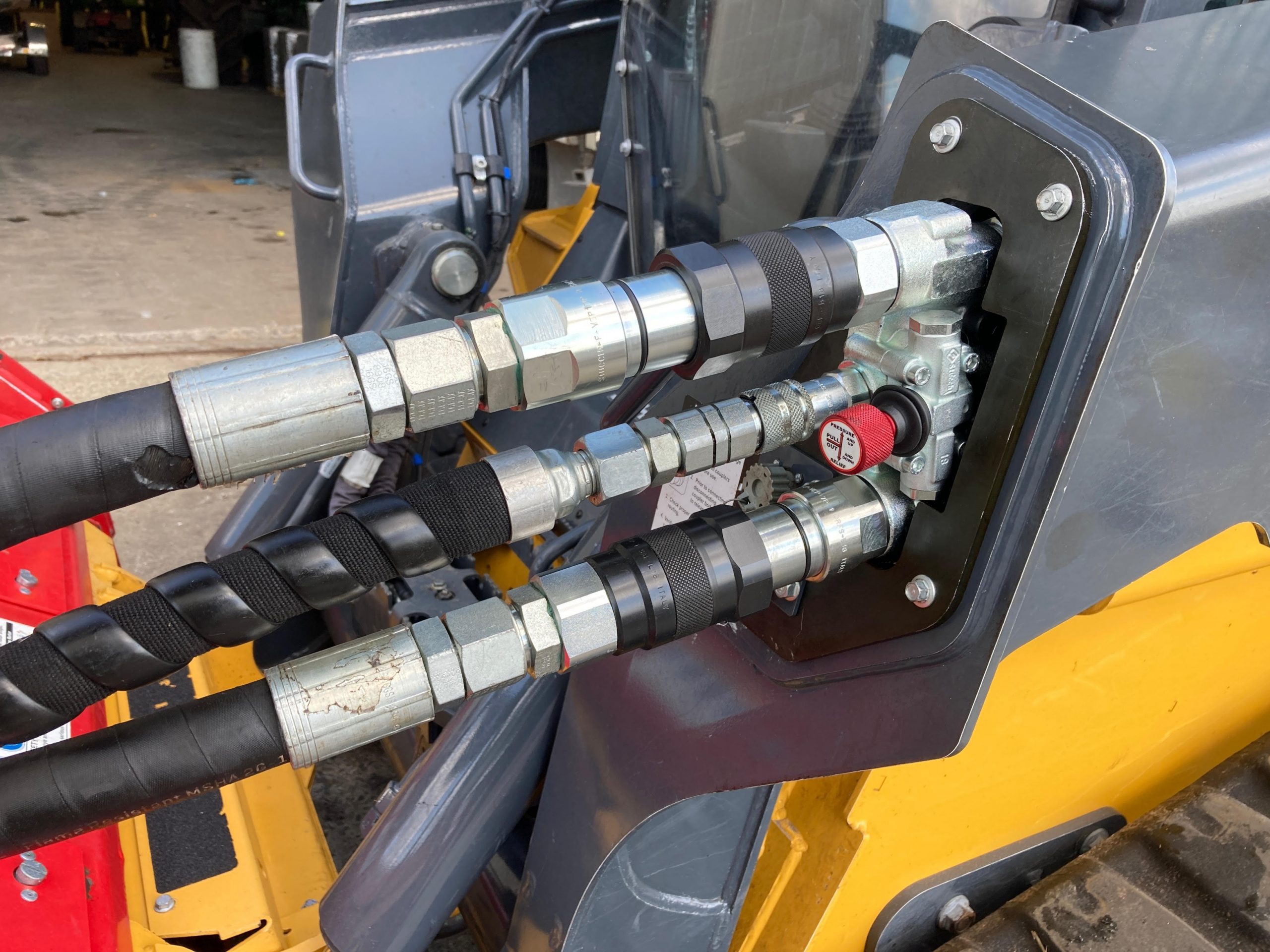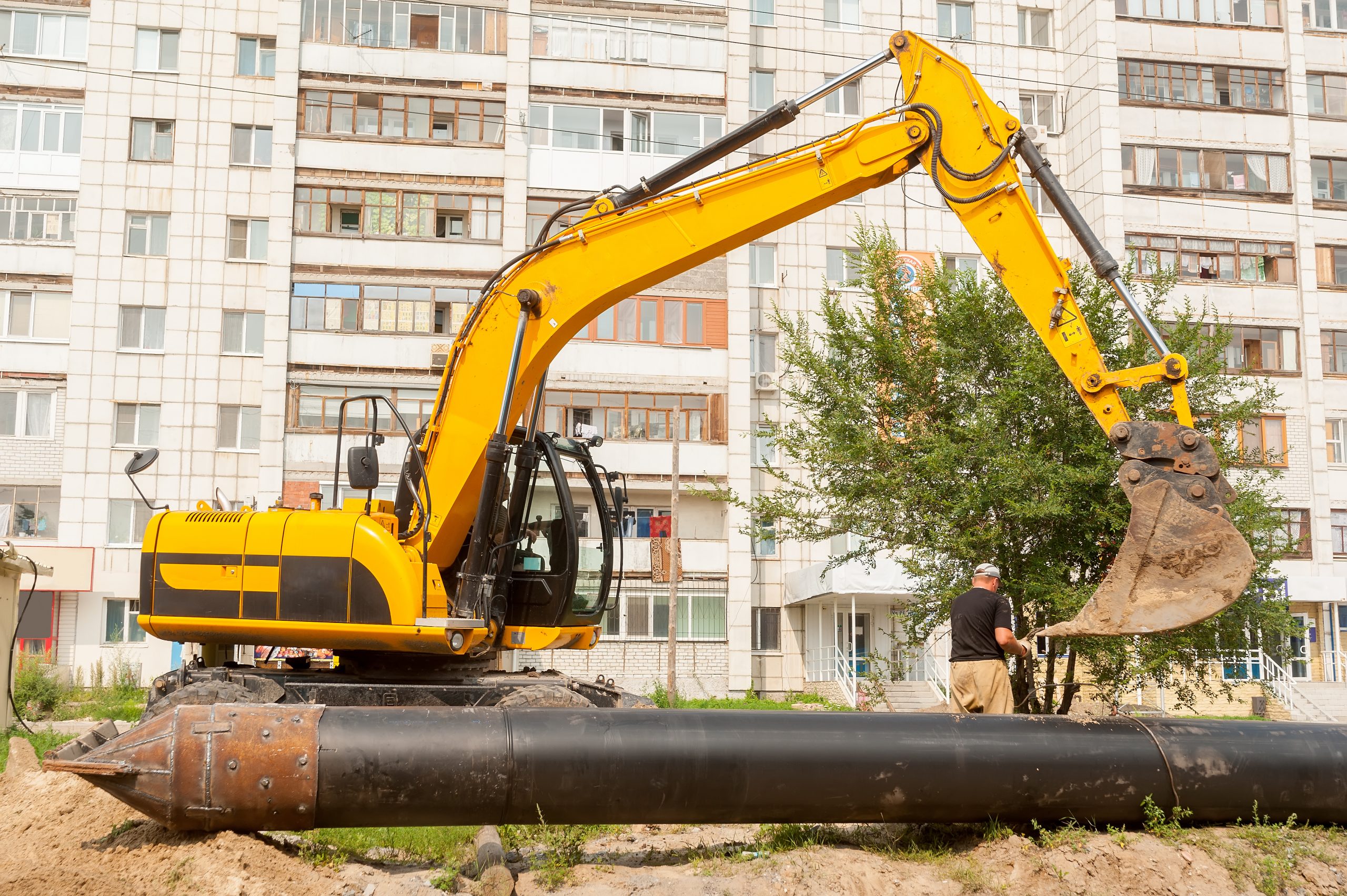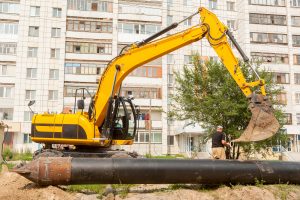Modular machinery and equipment stand out for providing versatility: the option of choosing an attachment on a standard base allows operations in different working conditions and the efficient execution of different tasks. For example, a mechanical boom on an Earth-moving machine can be fitted with different sized buckets or grippers so that a single vehicle can manage an entire worksite by coupling different hydraulic accessories.
The downside of this versatility is that the hydraulic circuit used to operate the machinery is exposed to greater risks because the line is frequently connected and disconnected. If not managed correctly, this can compromise operations or even cause damage. Undoubtedly, the hydraulic couplings must ensure that the circuit is sealed tightly, so that even when the fluid reaches working pressure or the line is subjected to mechanical stress (such as twisting or thrusts), the connection points remain secure and do not leak.
Another very important aspect is the ability to quickly couple and uncouple the line in order to maintain a high productivity rate, even when frequent attachment changeovers are called for. The risks associated with circuit contamination, however, are often disregarded.
The Risks of Hydraulic Fluid Contamination
When the hydraulic line is disconnected, the two ends can become entry points for impurities and foreign bodies. The dirt deposited in the male and female connectors can, depending on the type of coupling used, come into direct contact with the hydraulic fluid and be transported along the circuit to the pump, damaging the mechanical components and the structure itself.
These impurities can be:
Solid: traces of Earth or even dust can compromise the integrity of the circuit which reduces lubrication and increases friction on the walls and mechanisms. This causes premature wear and may result in structural damage and machinery malfunctions;
Chemical: water can alter the composition of the hydraulic fluid, reduce its ability to transmit power, cause unwanted chemical reactions that form acids and rust on the components, as well as lead to obstructions by forming ice in low-temperature environments.
Air: unlike solids and chemicals, tends to dissolve in the flow. There are instances, however, in which this does not occur and imbalances are created in the temperature and pressure of the hydraulic fluid. This leads to loss of control over the system.
There are different hydraulic solutions available which help to reduce the risks of contamination, but the most effective one is the flat face quick coupling.
Flat Face Couplings Reduce Contamination
The male and female connectors are produced with flat-faced valves and spring mechanisms so that, when coupled, the fluid does not come into direct contact with the surfaces that have been exposed to the outside. Consequently, the risk of contamination, compared to other quick coupling systems, is significantly reduced in addition to preventing leaks during coupling and decoupling.
The most effective way of preserving the circuit, however, is to clean the couplings and remove any impurities. Here again, flat face systems have an advantage over other models because the shape of the valves makes them easier and faster to clean.
Stucchi offers its customers the best technology for flat face quick couplings, perfected over sixty years to become the reference model for the ISO 16028 standard. The flat face coupling is the ideal solution for connection safety, speed in coupling/uncoupling and prevention of leaks and contamination. Contact us to find out more about a contamination proof hydraulic system, whatever your requirement.
This post first appeared here: https://www.stucchigroup.com/en/flat-face-couplings-a-contamination-proof-system/



